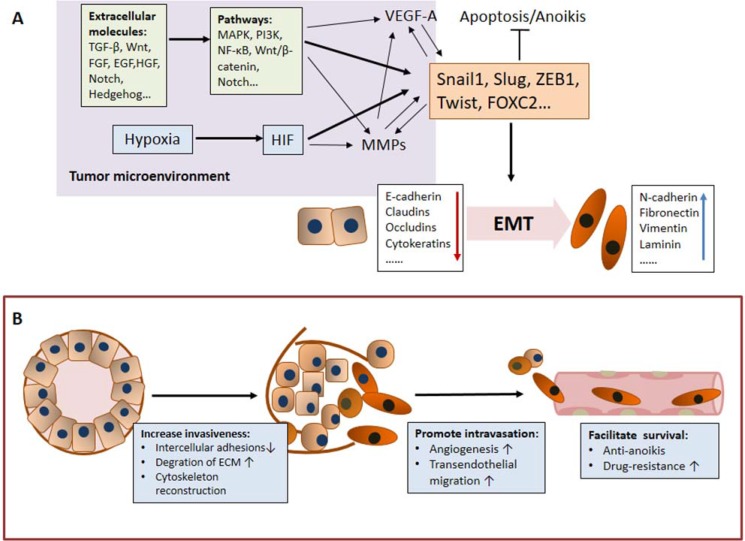Figure 1. The mechanisms underlying the role of EMT in CTC generation.
(A) The EMT-related regulatory network. EMT-inducing transcription factors (EMT-TFs), including Snail 1, Snail 2 (Slug), ZEB1, and Twist, play a central role in this network and regulate molecular changes during EMT. Some important extracellular molecules in the tumor microenvironment, such as TGFβ, HGF, FGF, Wnt and Notch, bind to their respective receptors to induce EMT and are consequently also important components in the EMT regulatory network. Hypoxia, a significant aspect in cancer progression, triggers EMT and participates in the EMT regulatory network. Notably, the EMT regulatory network is an interactive, integrated and precisely regulated network that is involved in the generation of CTCs. (B) EMT promotes CTC generation by increasing tumor cell invasiveness, promoting tumor cell intravasation and facilitating tumor cell survival in the peripheral system.

